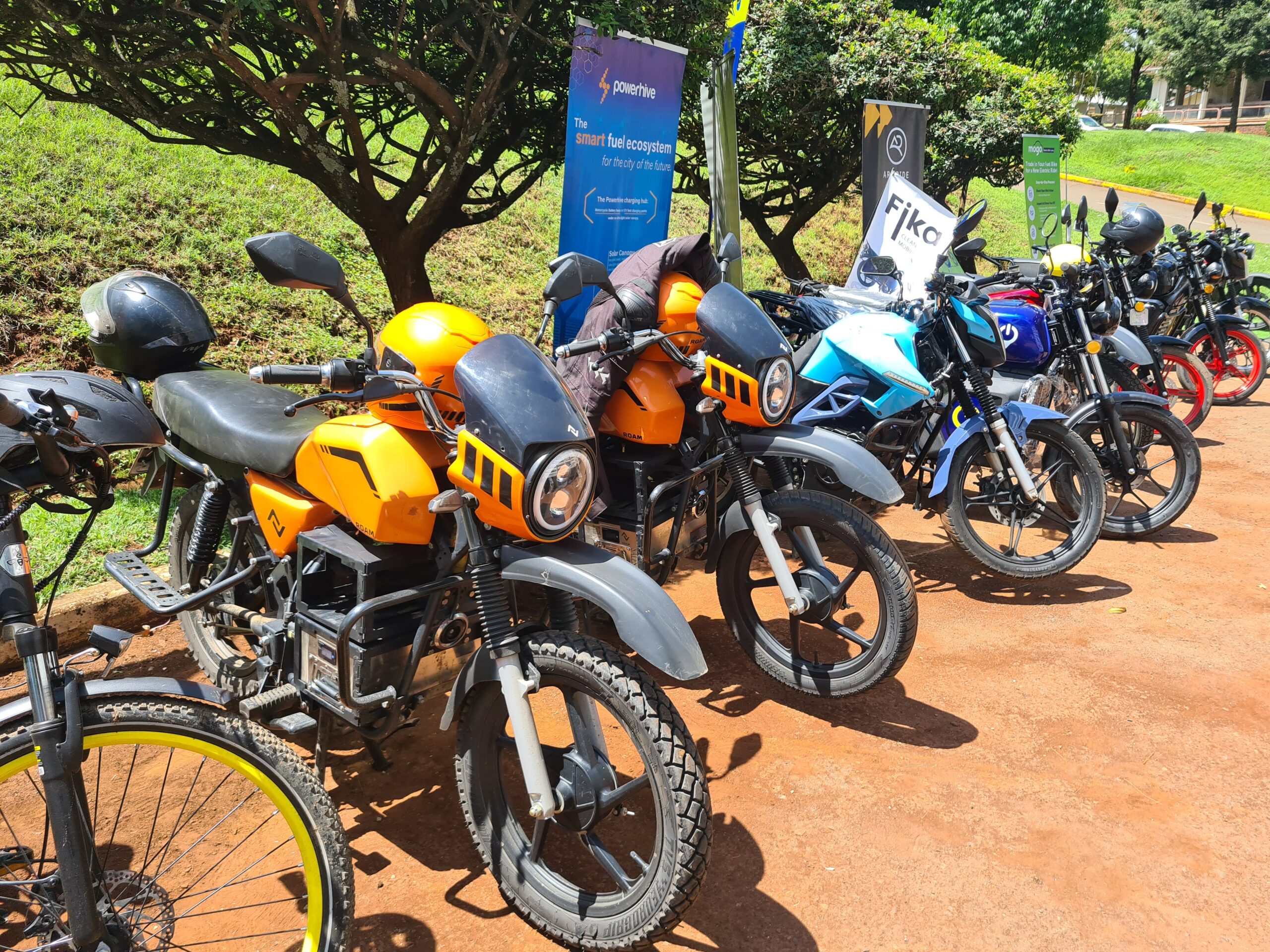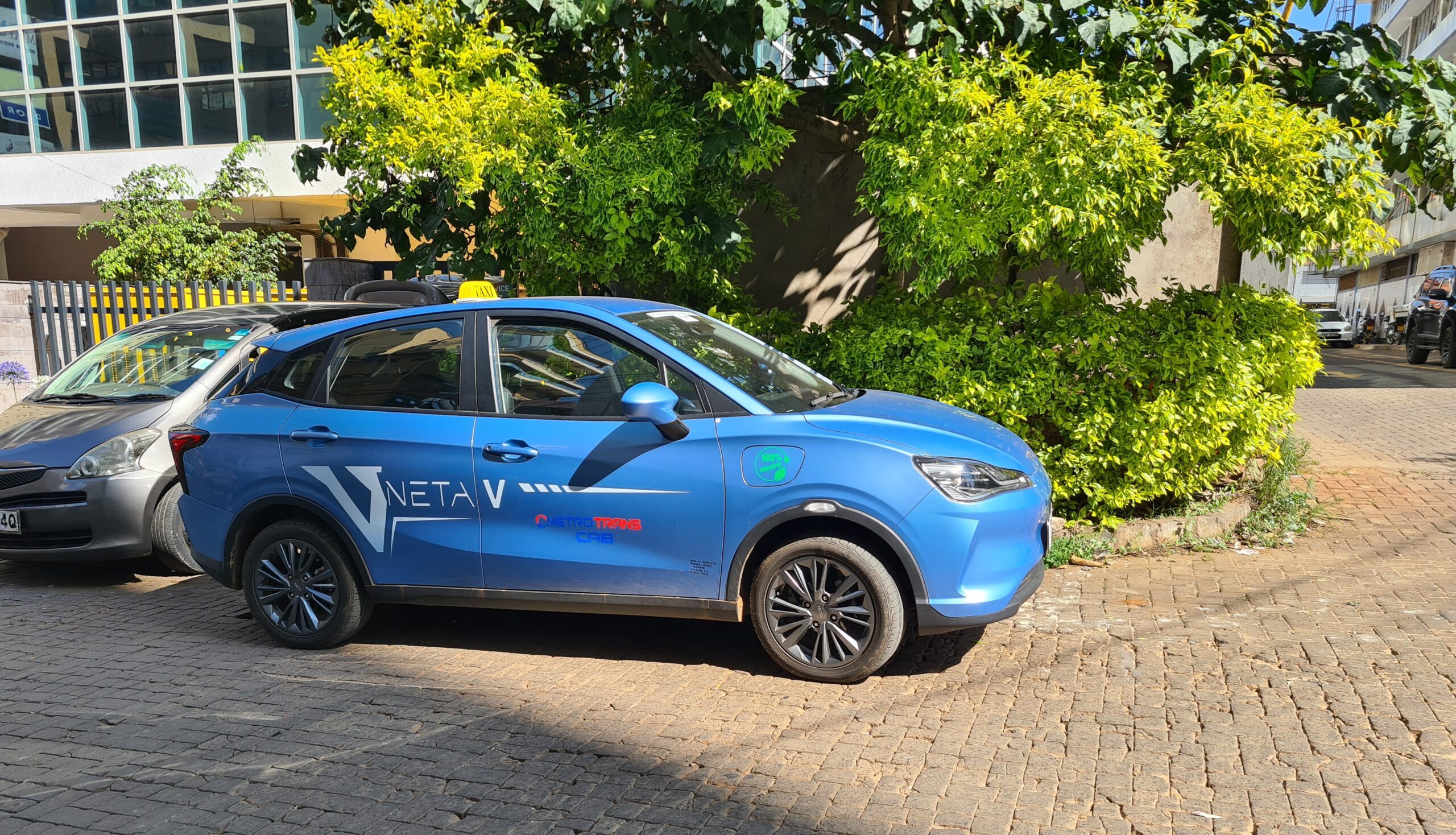
Sign up for daily news updates from CleanTechnica on email. Or follow us on Google News!
With over 2 million internal combustion engine motorcycles in Kenya, the motorcycle sector presents a large addressable market for companies interested in electrification. Motorcycles are mainly used as public transport vehicles in Kenya. These motorcycle taxis are popularly known as boda bodas. The motorcycle taxi industry is a vital segment of Kenya’s economy. Transitioning this sector to electric will make a huge difference in the pockets of the owners of the bikes, as riders stand to save quite a bit on fuelling and maintenance costs.
It comes as no surprise then that the Kenyan motorcycle sector has attracted over 30 startups looking to tap into electrification of this industry. Registrations of electric motorcycles in Kenya took almost 4% of the total market share of motorcycles in Kenya in 2023. 2023 was the first time Kenyan motorcycle sales market saw a noticeable increase in the share of electric motorcycles in the overall new registrations market. In 2023, there were 70,691 motorcycles sold in Kenya. 2,557 of these were electric. That means 3.6% of motorcycles sold in 2023 in Kenya were electric. That is almost 4%! Soon the market share will reach the critical 5% threshold, which is generally viewed as the tipping point indicating the start of mass adoption. The share of electric motorcycles rose to 3.6% in 2023 from 2.8% in 2022 and 0.5% in 2021.
2024 looks to be an even better year. Driving around Nairobi and looking at it anecdotally, there appear to be a whole lot more electric motorcycles on the road now. The exciting thing is that we are seeing a lot of motorbikes from different companies, which is great because it means that a lot more of these Kenyan electric motorcycle companies are starting to scale up quite nicely. It’s fairly easy to spot several electric motorcycles from Arc Ride, Ampersand, Roam, and Spiro whizzing through the streets of Nairobi. Hundreds of these electric motorcycles are now on ride-hailing platforms such as Uber and Bolt.
Another exciting development is that it is now easier to spot battery charging and swapping stations from all these companies as one drives around Nairobi, which means most of them are deploying more swapping stations as the fleet of motorcycles on the roads increases. Last week, we even managed to see a fairly long queue at one of these battery swapping stations, which is a nice problem to have for operators in terms of demand for swapping services. I reached out to the company and they confirmed that this is now a regular occurrence and that additional swapping stations in that neighbourhood are already under construction to cater to increased demand. These should be opening this month to provide riders in that part of town more locations for them to get battery swapping services. I reached out to a few players in the industry, and they reckon over 100 electric motorcycles are now being added per week. This has been happening over the past couple of months.
If we look at last year, 2,557 electric motorcycles were added in 2023. Now I would say perhaps 40 were added per week in the first half of this year, 60 per week in the third quarter, and 100 per week in the 4th quarter of this year, it would imply that 3,120 electric motorcycles could have been added this year. And if we assume that the total sales of motorcycles was flat at 70,000, this would mean about 4.5% of motorcycles registered in 2024 would be electric. Let’s wait for official registration figures when they come out in the new year, but I think we will not be too far off. There probably will be more than that.
I also spoke with several boda boda riders who are using electric motorcycles, and several riders who had been using electric motorcycles for at least 7 months told me that they are very happy with their electric motorcycles. So far, they haven’t experienced any issues with their electric motorcycles. I spoke with riders who are currently using electric motorcycles from different companies in order to get a view on the different motorcycles and their user experiences. The riders I spoke with also said that if they were to choose between the current electric one they are using now and the fossil-fueled one they were using previously, they would choose the electric one.
The one slightly negative comment I got from interviewing people in the industry is that because the upfront purchase price of electric motorcycles is higher than the fossil fuel (ICE) equivalent, the deposit a rider has to pay to get one is also higher, which limits some from accessing them since they probably would have saved just enough for a deposit to get an ICE motorcycle with a lower deposit requirement.
Actually, I got more slightly negative feedback from a number of riders saying that, although they are happy with their current electric motorcycles because they meet all of their daily requirements in Nairobi, they do not like the fact that all of this is just limited to Nairobi. There aren’t any battery swap station (rather, not many locations have swap stations) outside Nairobi. There aren’t any swap stations along the country’s major highways, meaning that riders cannot take their motorcycles outside Nairobi. This seemed like a major pain point for the riders. I am not sure how often they would like to take their electric motorcycles up country or to the Kenyan coast, but it seemed to bother quite a few riders. Do some of them relocate and move their operations to other towns at times when they use ICE bikes? Or perhaps it is more to do with the ease of reselling to operators in other cities once a rider decides to upgrade his bike? In any case, as the industry grows, more battery swapping stations will come to more cities and towns around Kenya.
The other thing I noticed is that of late, there are quite a number of Neta V electric cars doing rounds as electric taxis in Nairobi. Basically, every day last week I saw a different colour Neta EV taxi in different parts of Nairobi. Moja EV, the official dealers of Neta EVs in Kenya, says it has plans to deliver 500 vehicles by the middle next year. These vehicles will be leased to taxi drivers operating in Nairobi, marking a significant step toward revolutionizing the local transportation landscape. Moja EV says electric vehicles present numerous economic advantages over traditional internal combustion engines. With lower fuel and maintenance costs, taxi drivers using NETA V electric cars can enhance their profitability and overall financial stability.
I also saw quite a number of 24kWh, 30kWh, as well as 40kWh Nissan Leafs. Plug-in hybrids such as the Mitsubishi Outlander are also becoming quite popular in Kenya. I passed by the EVChaja charging station at Two River Mall and bumped into a gentleman that was charging his Mitsubishi Outlander at the mall. He told me that he had just received the car on the previous day and that this was his first ever charging session. How cool is that? I also spoke with the team at EVChaja, and they said they have noticed increased utilisation at their charging stations around Kenya and this jump in utilisation has been quite significant in the last half of 2024. EVChaja has charging stations in most of Kenya’s major towns and cities.
So, there are now more electric motorcycles and electric cars on the road in Kenya. The numbers are still lower than in other places around the world, but there are signs of real growth now. Exciting times ahead!
Images by Remeredzai

Chip in a few dollars a month to help support independent cleantech coverage that helps to accelerate the cleantech revolution!
Have a tip for CleanTechnica? Want to advertise? Want to suggest a guest for our CleanTech Talk podcast? Contact us here.
Sign up for our daily newsletter for 15 new cleantech stories a day. Or sign up for our weekly one if daily is too frequent.
CleanTechnica uses affiliate links. See our policy here.
CleanTechnica’s Comment Policy












